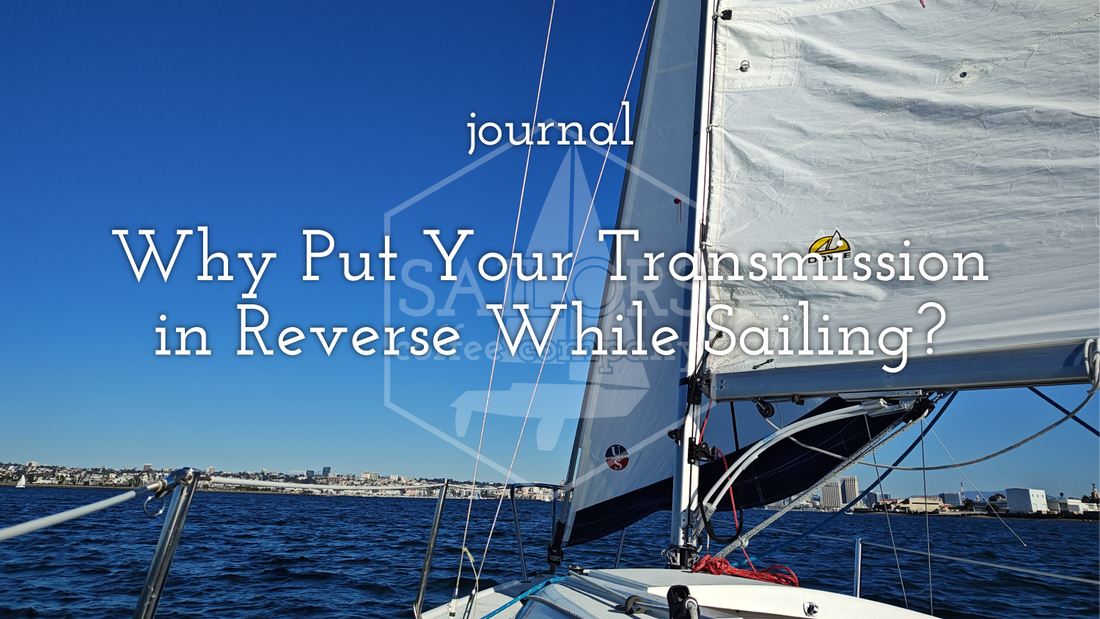
Why Put Your Transmission in Reverse While Sailing?
Share
When you're out enjoying the open water under sail, it may seem counterintuitive to touch your engine at all—but many seasoned sailors know the value of one small habit: putting the transmission in reverse.
So, why do it?
Most sailboats with inboard engines and fixed propellers experience a phenomenon known as "freewheeling" while under sail. This means the propeller continues to spin from the flow of water, even though the engine is off. Letting the propeller spin freely can create unnecessary drag, wear on your drivetrain, and even generate unwanted noise or vibration.
By shifting the transmission into reverse, you're effectively locking the propeller in place. This not only reduces drag—allowing for better sailing performance—but also protects your engine and transmission components from needless motion and wear.
It’s a small step, but one that contributes to both efficiency and long-term maintenance.
Quick Tip: Always check your specific engine and transmission manual before engaging reverse under sail—some models are designed differently and may require neutral to avoid damage. Also, if you did put the transmission in reverse, don't forget to put it back into neutral before starting the engine.
Smooth sailing and smart habits—that’s the Sailors Coffee Company™ way. And yes, don’t forget your fresh brew before casting off.








